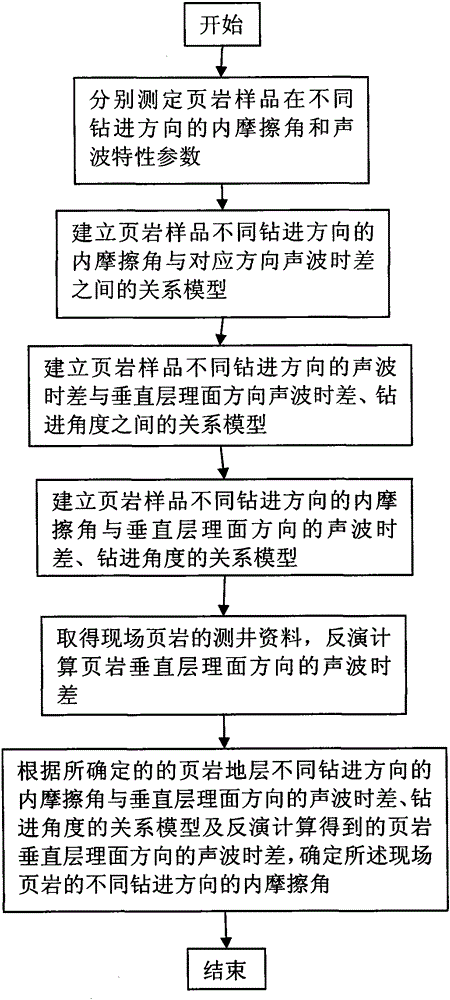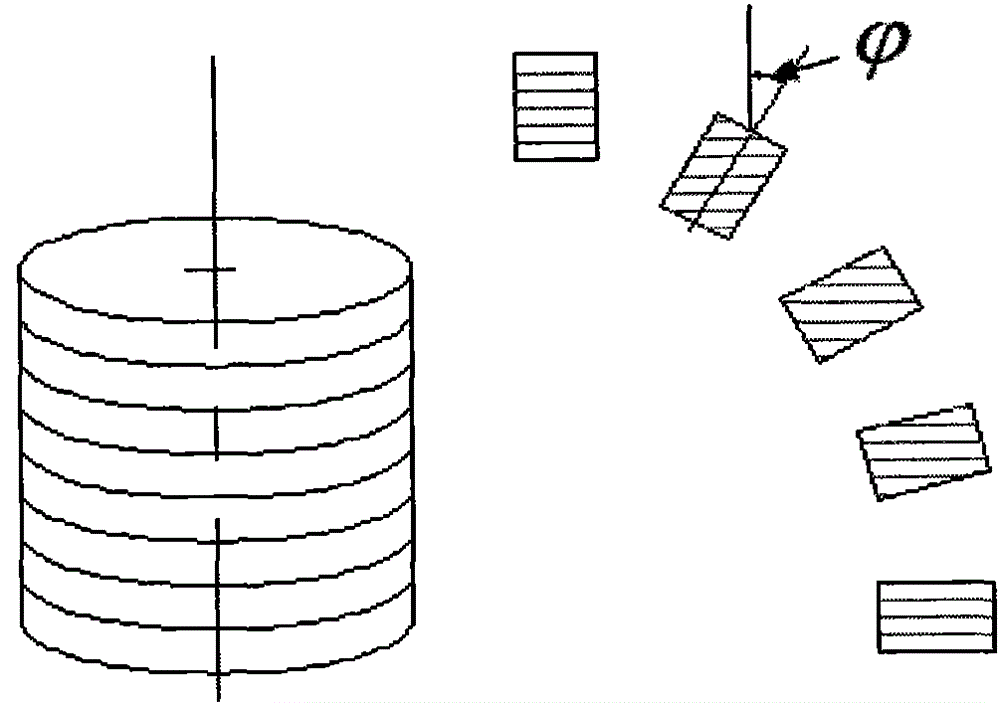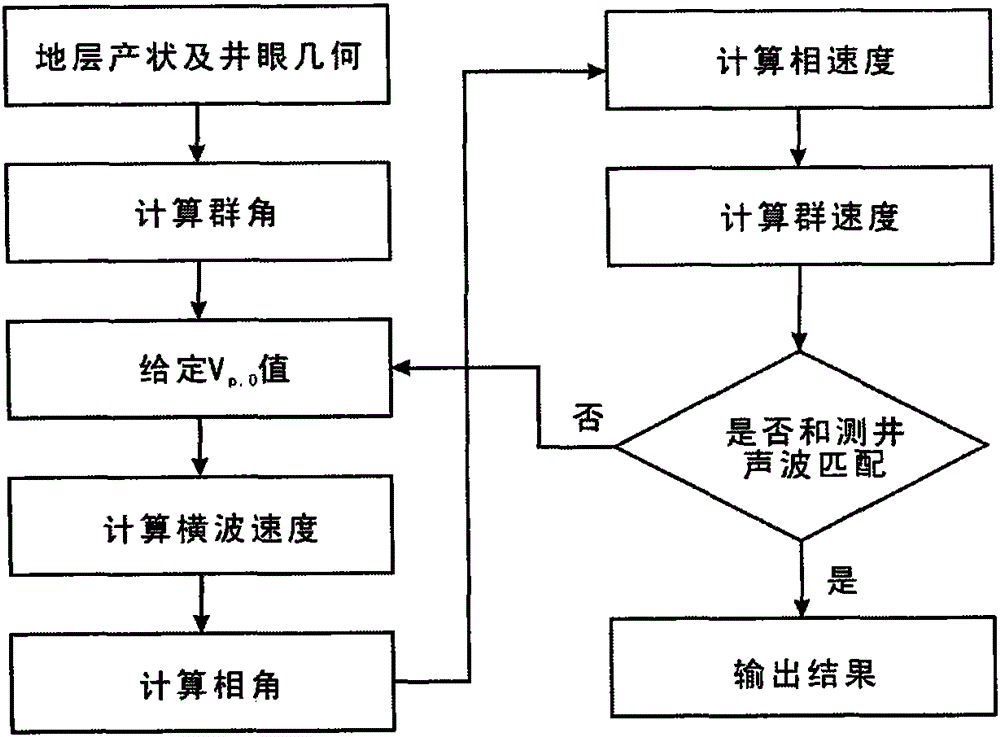A method for predicting the abrasiveness of different drilling directions in shale formations
An abrasive, shale technology, applied in earth-moving drilling, wellbore/well components, etc., can solve the problems of large manpower, material resources and funds, lack of data contrast, and difficulty in obtaining rock abrasiveness data, etc. Field application, the effect of saving the cost of downhole coring
- Summary
- Abstract
- Description
- Claims
- Application Information
AI Technical Summary
Problems solved by technology
Method used
Image
Examples
Embodiment Construction
[0022] Such as figure 1 As shown, the method for predicting the abrasiveness of different drilling directions in shale formations includes the following steps:
[0023] Step 1, respectively measure the internal friction angle and acoustic wave characteristic parameters of shale samples in different drilling directions; the specific methods are as follows:
[0024] Collect shale samples from many different areas, such as collecting shale samples from multiple oil fields; in order to ensure the relationship between the internal friction angle of the determined shale samples in different drilling directions and the acoustic wave characteristic parameters in the direction perpendicular to the bedding plane To be representative and extensive, it is necessary to collect as many rock samples as possible from as many different locations as possible.
[0025] After the rock samples were collected, the acoustic time difference of each shale sample was measured in different bedding plan...
PUM
 Login to View More
Login to View More Abstract
Description
Claims
Application Information
 Login to View More
Login to View More - R&D
- Intellectual Property
- Life Sciences
- Materials
- Tech Scout
- Unparalleled Data Quality
- Higher Quality Content
- 60% Fewer Hallucinations
Browse by: Latest US Patents, China's latest patents, Technical Efficacy Thesaurus, Application Domain, Technology Topic, Popular Technical Reports.
© 2025 PatSnap. All rights reserved.Legal|Privacy policy|Modern Slavery Act Transparency Statement|Sitemap|About US| Contact US: help@patsnap.com



